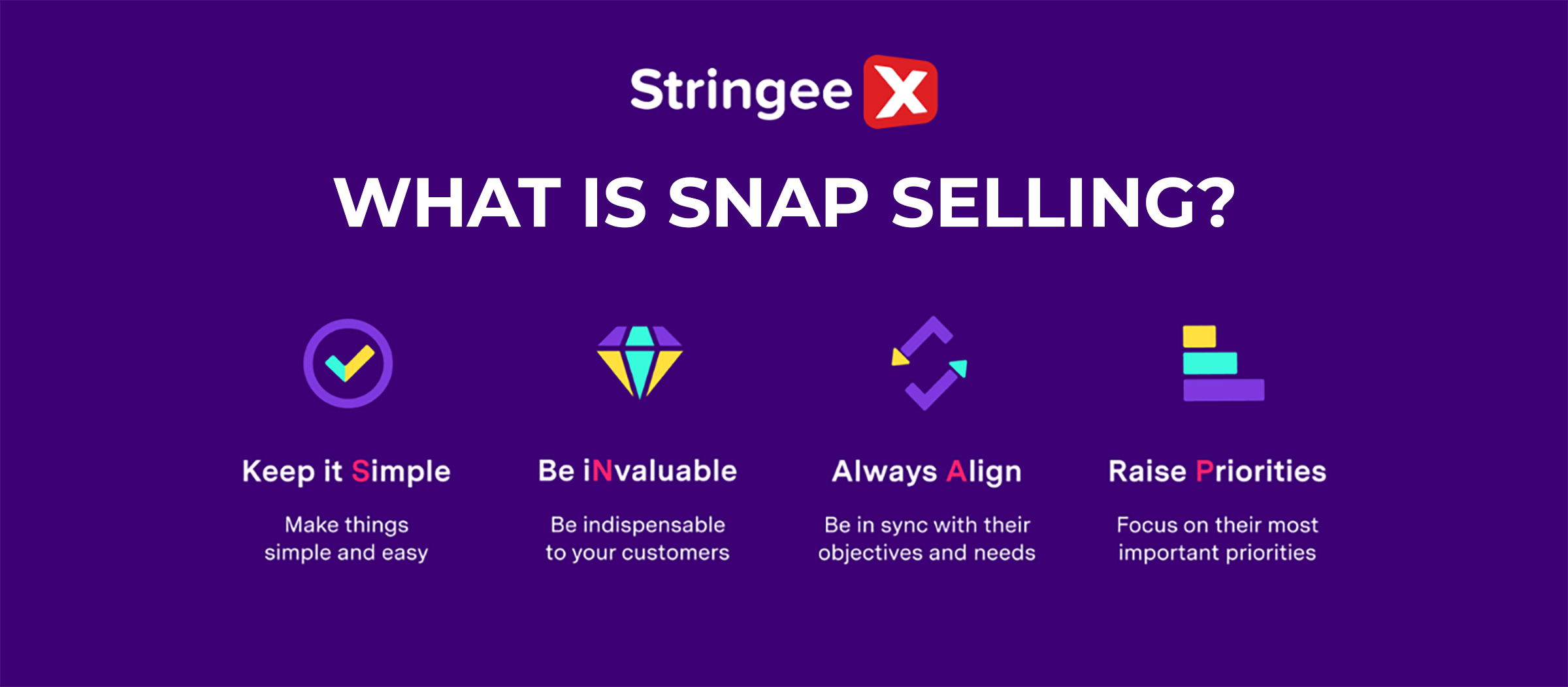Introduction
As 2024 draws to a close, we’re witnessing the emergence of innovative technologies that are predicted to revolutionize the customer service industry in the coming year. To stay ahead of the curve and optimize your service, you and your staff are advised to equip themselves with the latest trends. Below are the 8 call center technology trends to watch in 2025!
8 Call Center Technology Trends to Watch in 2025
AI Tools For Self-Service & Personalization
Self-service has become a top priority in many contact centers in 2024, and it’s poised to be the cornerstone in the next year. Self-service tools, including artificial intelligence, empower customers to actively and quickly solve their potential issues, boosting their satisfaction.
Virtual agents are valuable tools to promote self-service at your call centers. They can answer some common questions and direct callers to the right department to address their problems more quickly.
Besides, personalization is the key to retaining customers. AI tools can help in this regard. For example, when a customer reaches out to your center, assistive AI agents can gather the related data and inform the human agents of real-time insights to provide personalized support.
AI chatbots allow for self-service. Source: Pxhere
Cloud-based Technology Platforms
Gone are the days of hardware and local servers. Here’s to a year of cloud-based platforms to thrive. They are an all-in-one solution for contact centers involving customer relationship management, call routing, workforce management, and more.
On-premise systems are more costly and difficult to maintain, while cloud-based ones reduce the need for costly upgrades and replacements. Not to mention, their real-time analytics allow for enhanced customer interactions, better decision-making, and streamlined workflows.
When all the data and tools are gathered in one place, agents can access customer information more quickly, work more effectively, and deliver faster responses. Even better, a cloud-based platform makes it easier to integrate 3rd-party applications, like e-commerce systems, marketing automation apps, or CRM tools. This enables call agents to collect data and customer feedback from various sources to provide personalized resolutions, fostering customers down the pipeline.
Autonomous AI Agents
AI agents or conversational AI are a step up from conventional chatbots, which are less dependent on pre-programmed scenarios and scripts. AI agents can parse the context to gain actionable insights into the customer’s intent.
They leverage NLP (natural language processing) to analyze what the callers say and give appropriate responses in a friendly, conversational way. They can work independently to handle simple matters and free up human agents from routine tasks, allowing them to focus on more complex issues. Virtual assistants can also suggest proper responses based on customer behavior and purchase histories, shortening the resolution time.
Additionally, voice AI is expected to become more popular, facilitating the workload in contact centers. When integrated into the call center, it can generate real-time transcription for a large number of calls. This eliminates the need to take notes, saves time, and enables agents to focus on the customer inquiries.
AI agents can work independently. Source: Flickr
AI-powered Burnout Detection
Call agents have to endure great time pressure and deal with a tremendous workload on a daily basis. This 9-to-5 grind can easily stress them out, leading to burnout and turnover. According to a study by Cornell University, about 50% of call agents quit their jobs due to burnout, resulting in an annual cost of approximately $5 million. Worse yet, a stressful workplace leads to poor performance, which can deter customers.
This is when technology comes to the rescue. AI-powered burnout detection can identify agents who have overworked and are on the verge of burning out. Thanks to this, managers can step in and help them deal with the situation. By promoting a stress-free and healthy working environment, agent performance and employee satisfaction will increase.
Omnichannel Routing
Omnichannel routing ensures customers can contact businesses through multiple platforms like phone, email, social media, or chat. It integrates all communication channels into one system so agents can see the full history of customer interactions. This means if a customer starts a conversation on social media and switches to email, the agent will already have the context.
This system improves efficiency and customer satisfaction. Agents can handle queries faster, and customers don’t need to repeat themselves. Businesses also benefit from better insights into customer preferences by analyzing data across all channels.
StringeeX is one of the pioneers in providing an omnichannel contact center as an all-in-one solution for exceptional customer service. Check out websites for more!

Sentiment and Speech Analytics
Sentiment and speech analytics use AI to understand customer sentiments and emotions during calls. These tools analyze voice tones, speech patterns, and words to determine if the customer is happy, frustrated, or neutral. Agents and supervisors can use this information to improve how they handle interactions.
For example, if a tool detects frustration, it can alert the agent to adjust their approach or escalate the issue to a manager. It also helps businesses identify common customer issues, allowing them to improve processes.
Speech analytics is not just about fixing problems but also finding opportunities. By analyzing positive calls, companies can learn what works and replicate those successes. This technology boosts both customer satisfaction and agent training.
Advanced Digital Security
Advanced digital security protects sensitive customer data during interactions. Cyber threats are increasing, and call centers must ensure customer information is safe.
Biometric authentication, like voice recognition, is a popular solution. It confirms the customer’s identity through their unique voice, removing the need for passwords or security questions. This reduces fraud risks and simplifies the process for customers.
Automated security tools also detect suspicious activity in real-time, ensuring potential threats are addressed immediately. With secure systems, customers feel confident sharing their information, improving trust in the brand.
Modern security is no longer optional—it’s a requirement. Businesses must prioritize advanced digital security to comply with regulations and protect their reputation.
Digital security measures are expected to become the norm. Source: Flickr
Growing IVR
Interactive Voice Response (IVR) systems are becoming smarter and more efficient. IVR lets customers interact with automated menus to resolve simple queries like checking balances or tracking orders.
Modern IVR systems use AI to understand customer needs better. They can provide personalized responses, route calls to the right agent, or even predict the reason for a call. This reduces wait times and ensures faster resolutions.
For businesses, IVR saves costs by reducing the workload on live agents. Customers also appreciate the convenience of getting quick answers without waiting in long queues.
As IVR technology improves, it is integrating with other tools like chatbots and predictive analytics. This creates a smoother and more personalized customer experience. Businesses that invest in advanced IVR are better equipped to meet customer expectations in a fast-paced world.
What To Prepare For These Key Trends?
To stay relevant in the industry, follow the steps below:
- Build a digital strategy: Evaluate the channels you currently offer and identify gaps. Consider expanding into customer-preferred platforms like SMS, WhatsApp, or asynchronous messaging. Integrate these channels into a unified system to create seamless and more positive customer experiences.
- Focus on knowledge management: A reliable knowledge base is critical for both human agents and AI systems. Regularly update and optimize knowledge articles, ensuring they are accurate and easily accessible.
- Leverage self-service options: Set up self-service channels such as FAQs, chatbots, and customer portals. These deflect simple inquiries, allowing call center agents to focus on complex tasks.
- Prioritize employee training: Equip agents with training on AI-assisted tools to improve their efficiency and comfort in using new technologies. Foster adaptability as roles evolve.
- Enhance security measures: Strengthen security frameworks by implementing biometric authentication and data protection tools to safeguard sensitive customer information.
Conclusion
Now, you must be clear about the call center technology trends to watch in 2025. These technologies have emerged for a few years, and they continue to shape the customer service field.
Don’t forget to follow StringeeX to stay on top of the latest trends!











